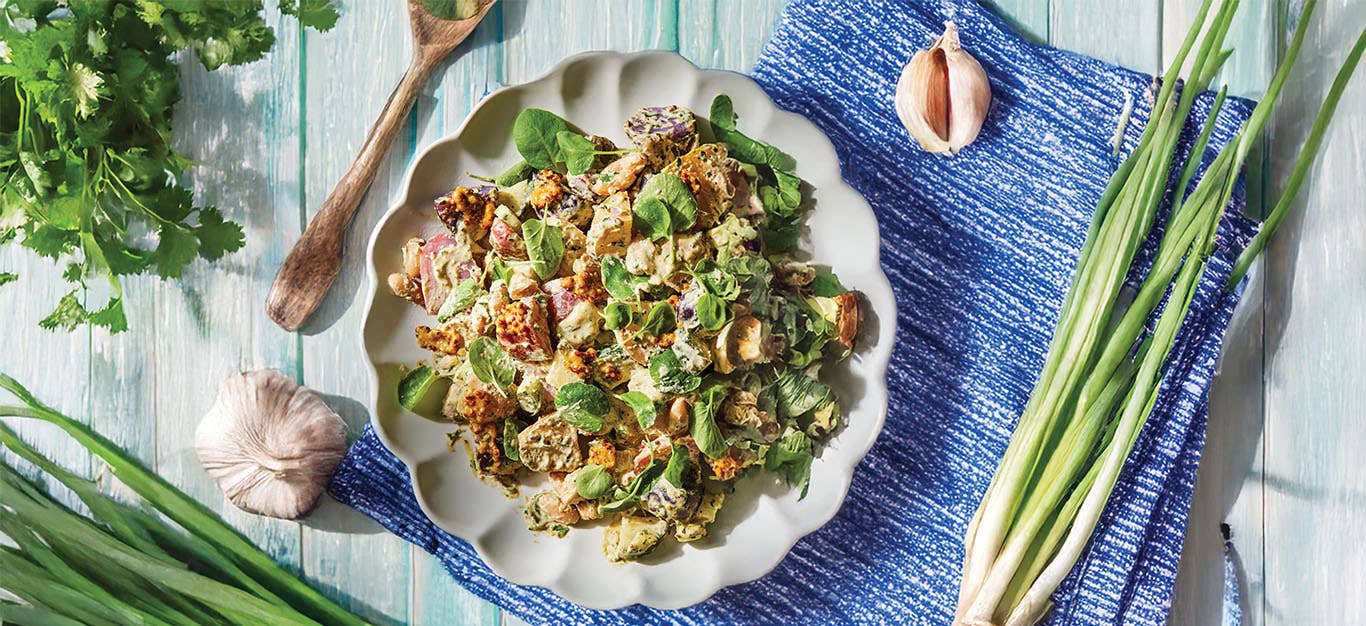- Prep-time: / Ready In:
- Makes ¾–1 cup aquafaba
- Print/save recipe
Aquafaba, that viscous liquid you see when you open a can of chickpeas, makes a great vegan substitute for eggs in baked goods—and if you're out of canned chickpeas, you can create homemade aquafaba with this recipe.
Aquafaba’s unique composition of starches and proteins—which results from soaking and cooking the beans—makes it useful for thickening, binding, emulsifying, and foaming. Try it in French toast, waffles, frittatas, and more. The liquid in canned or boxed chickpeas has the ideal consistency, but you can also make your own. To get the right viscosity, the chickpeas should be soaked overnight and then cooked in their soaking water. Soaking releases the necessary enzymes to give the liquid its viscosity.

Ingredients
- 1½ cups dried chickpeas, rinsed
- 4 cups water
Instructions
- Rinse the chickpeas, transfer them to a large pot, and cover with fresh water. Let it stand overnight.
- In the morning, check the level of the soaking water: If the chickpeas aren’t completely submerged, add just enough water to cover them.
- If using the stovetop method, place the pot over high heat, bring the water to a boil, then reduce the heat and simmer for 25 to 30 minutes, or until the beans are tender when squeezed.
- If using a stovetop pressure cooker, transfer the chickpeas and their soaking water to the pressure cooker, and cook under pressure for 7 to 10 minutes, then let it stand for 10 to 15 minutes for the pressure to be released before opening the cooker.
- If using an electric pressure cooker, follow the manufacturer’s instructions for soaked beans.
- Once the beans are cooked, use a strainer or fine sieve to strain the aquafaba into a large liquid measuring cup, and let it cool. If the aquafaba is the correct consistency, you will have about ¾ cup to 1 cup. If you have more liquid than that, you will need to cook the liquid down to the right consistency. Transfer the liquid to a small pan, bring it to a boil, and simmer for 5 to 10 minutes until you have ¾ cup to 1 cup. (Conversely, if you have less than ¾ cup cooled aquafaba, you’ve probably cooked it down too much; in that case, bring it back to boil, add some water to dilute it, and stop cooking when you have the right amount.)
Storage tip: Homemade aquafaba will keep in a Mason jar in the refrigerator for two to three days. You can also freeze it in convenient ¼-cup or ½-cup portions for up to two months. (Don’t forget to rinse and drain the chickpeas, and refrigerate or freeze them until ready to use.)




Comments (13)
(5 from 4 votes)Why do we need to rinse and drain the chickpeas, if we will eat the aquafaba?!
Is it possible to can the aquafaba from the pressure canned chickpeas to preserve it longer?
Hi Brenda, While we haven't tried it ourselves, we don't see why not! If you're an experienced canner then it should be just fine. Let us know how it goes!
Finally a website that actually gives clear instructions how to make home-made aquafaba, much thanks and gratitude to Forks Over Knifes (FOK)... I'm currently on a salt restricted diet and the canned chickpeas have quite a bit of Sodium so I need zo make my own... Will be using to make low salt - low fat Mayo... Thanks again FOK for helping me and others to be healthy...
I cannot eat chick peas. Can you get aquafaba from other beans or lentils?
Hi Darla! While we haven't tried this ourselves, it's possible to use the liquid from a can of Great White Northern beans or cannellini beans in place of chickpea aquafaba. Let us know how it goes!
I can chickpeas. Can I use the liquid from the canning process to make aquafaba?
I will try this one
Is it safe to can aquafaba?
Is there a way to do this if you don't have a pressure cooker? Thanks in advance!
Looks like they updated the recipe to show stovetop directions
Will surely try the rcp
Thank you soo much..... Been searching an easy recipe...loved it and my cookies came out very well...